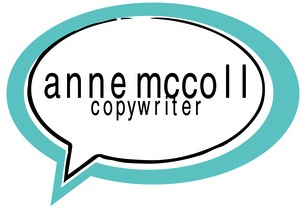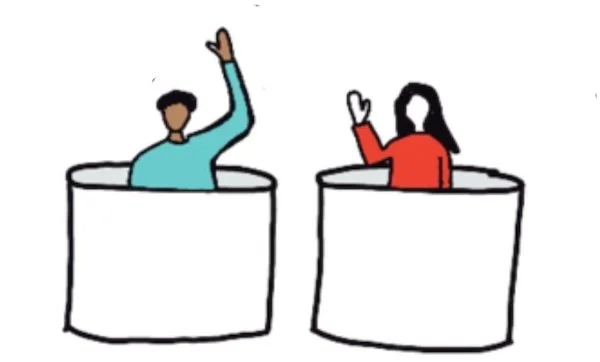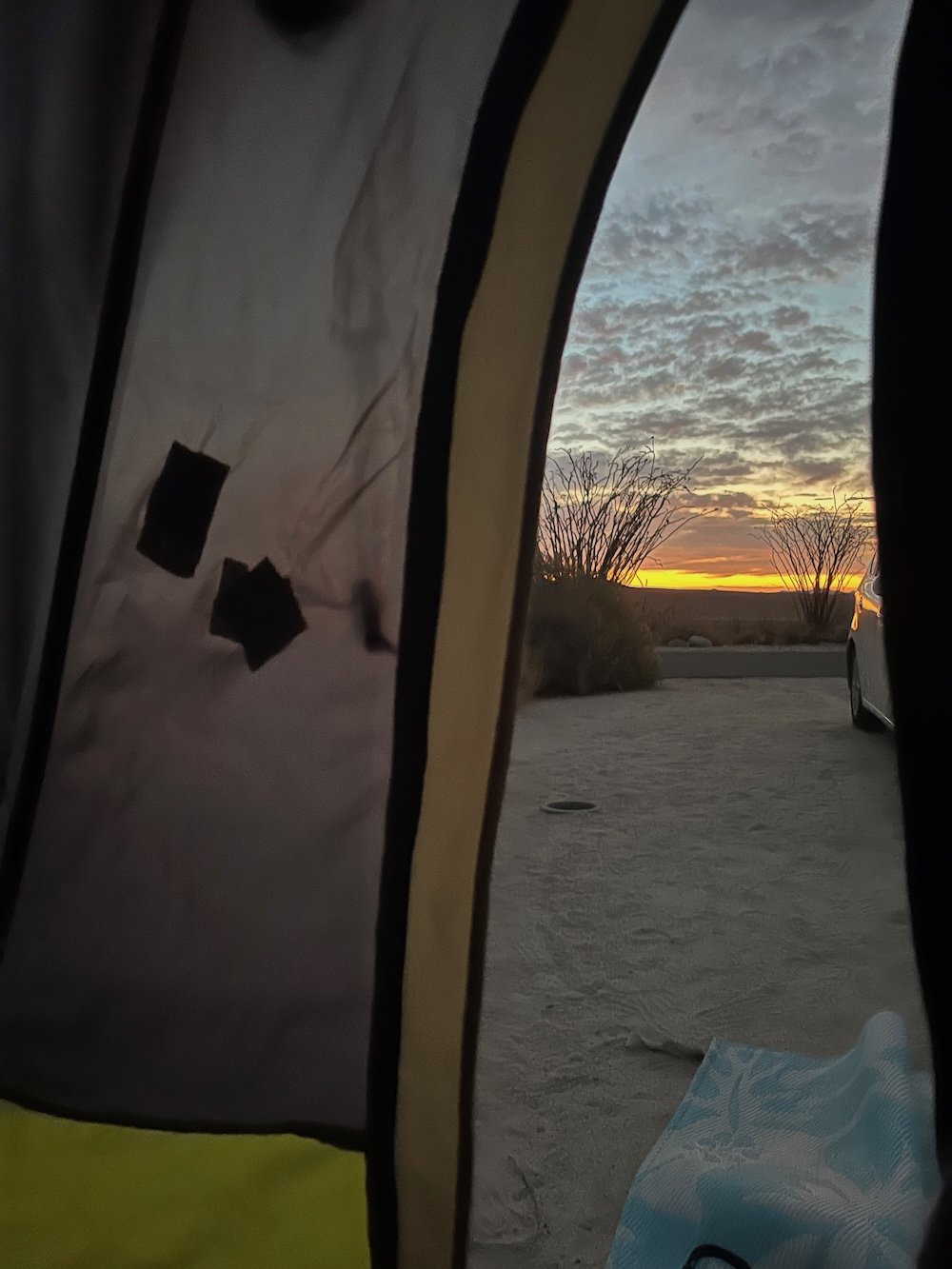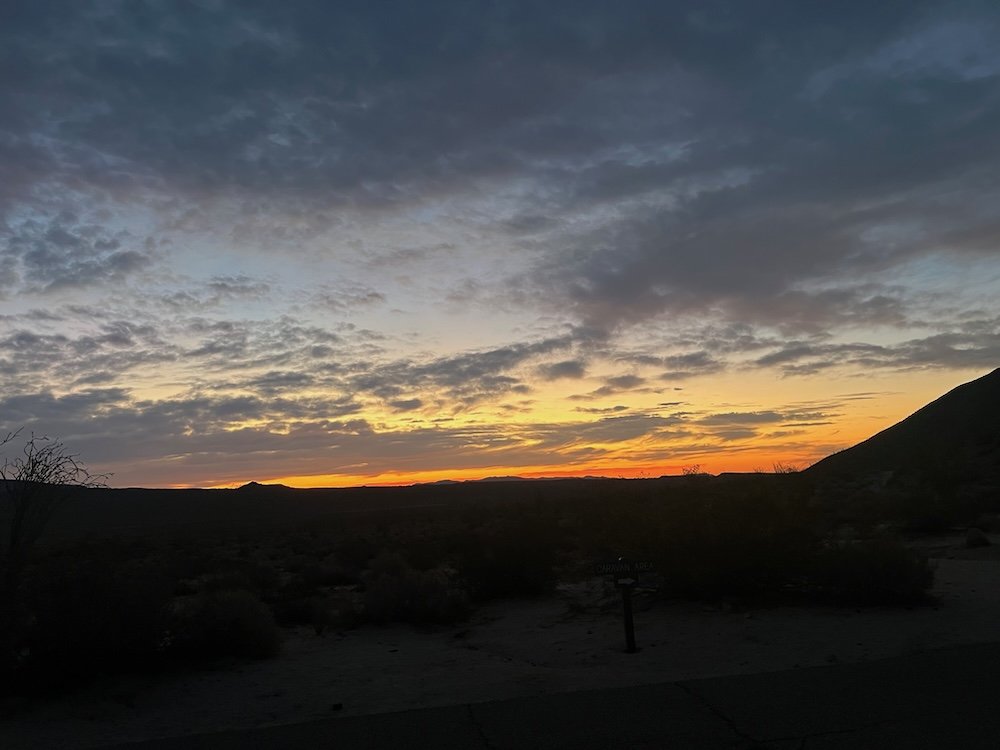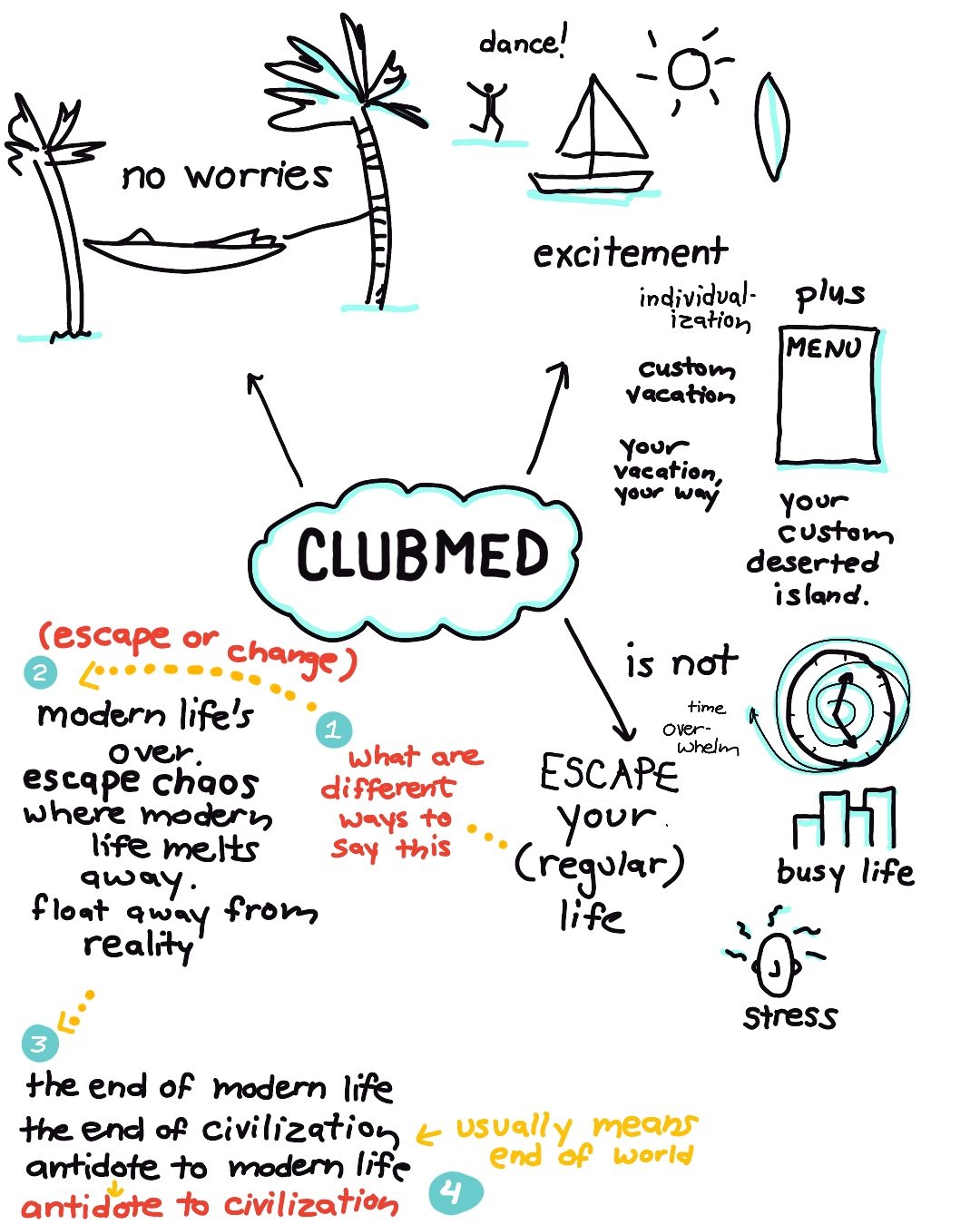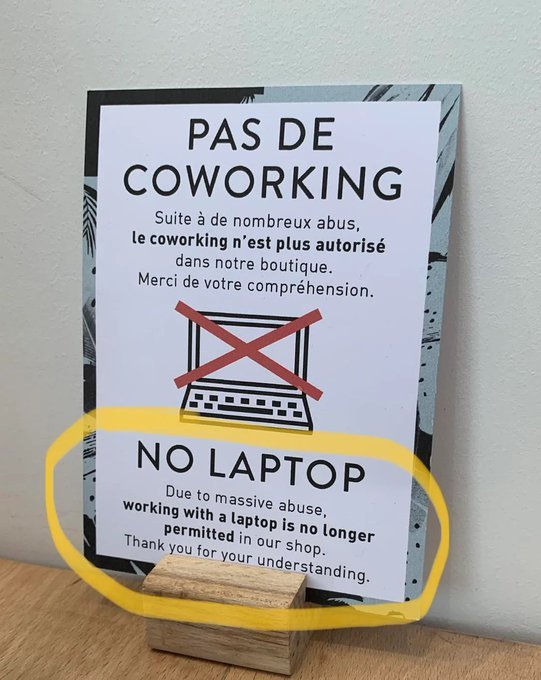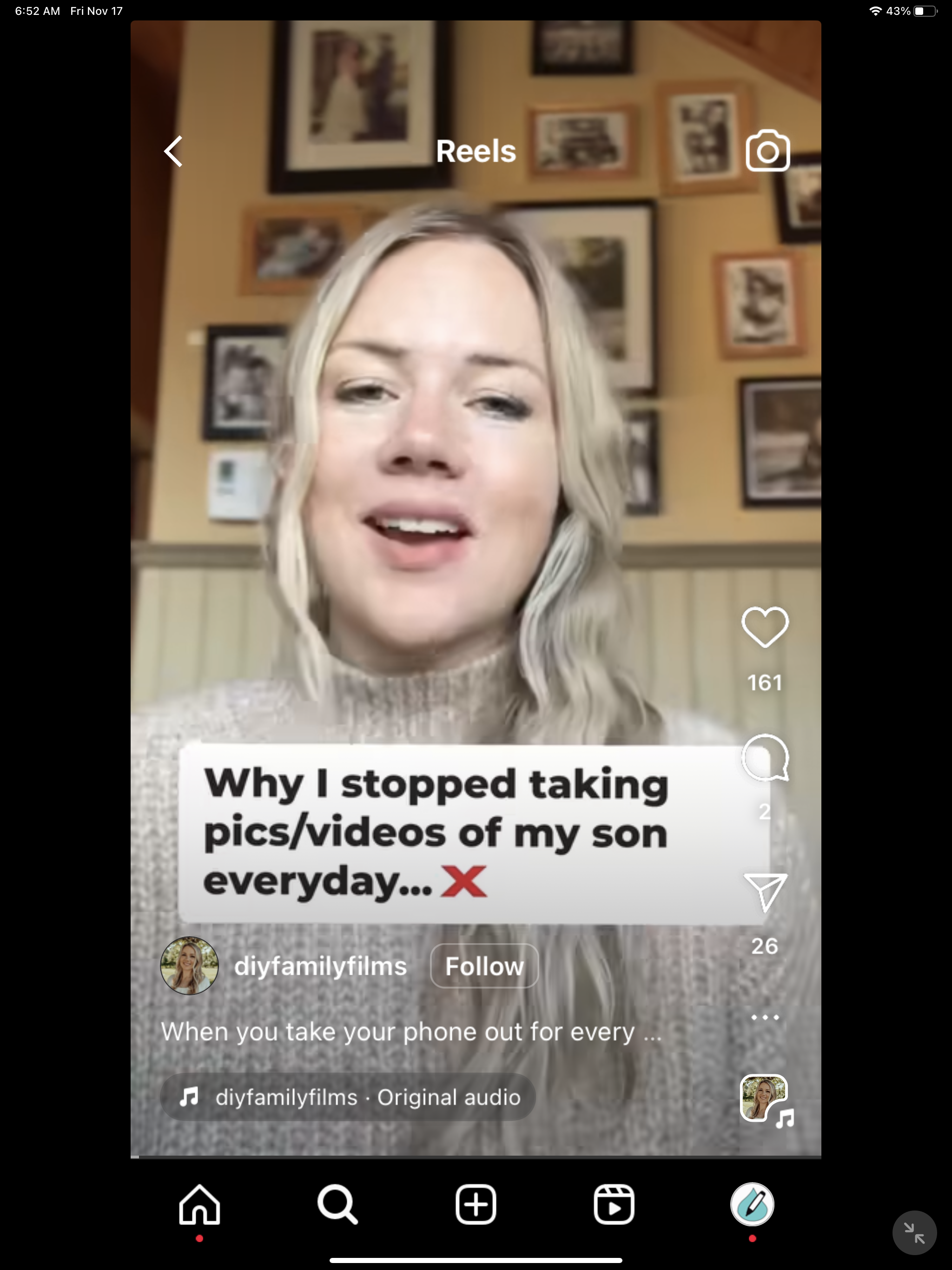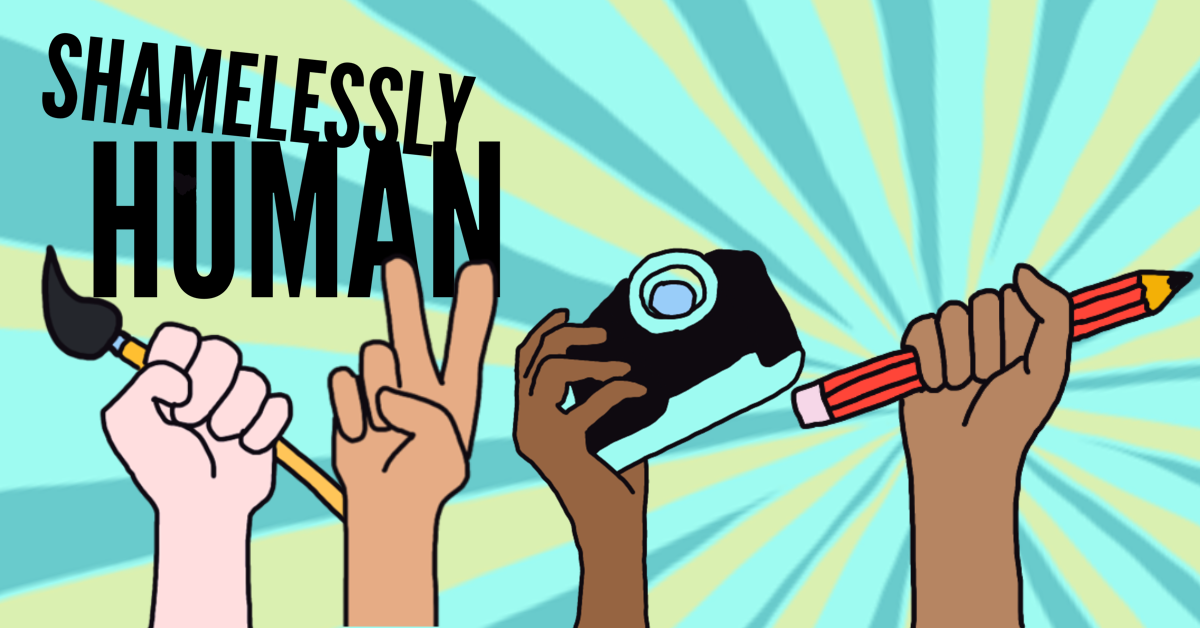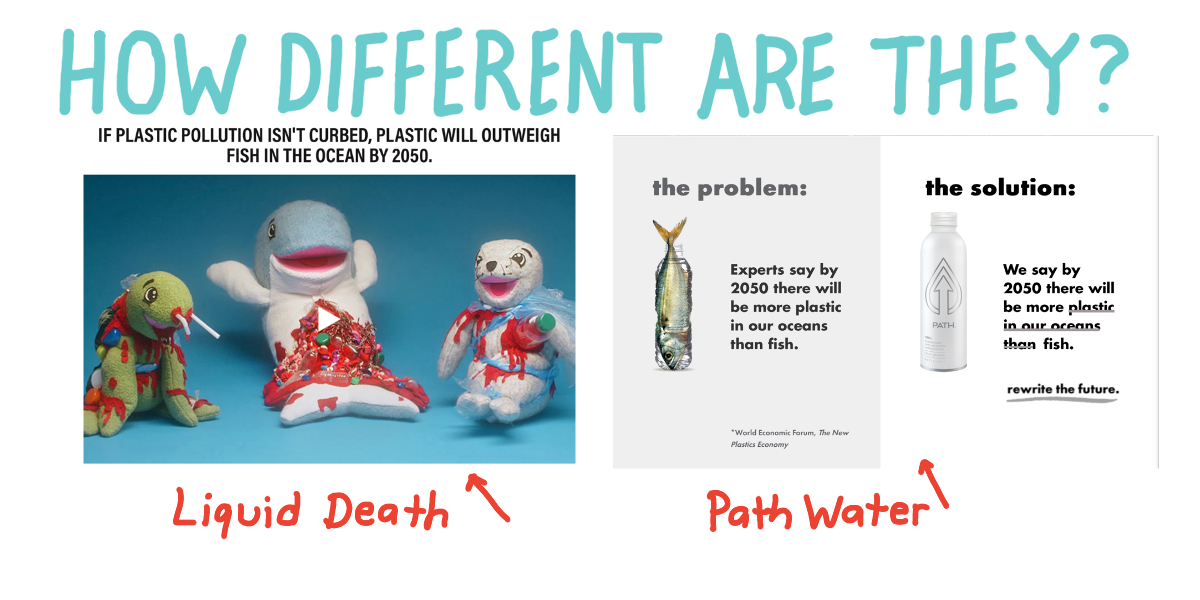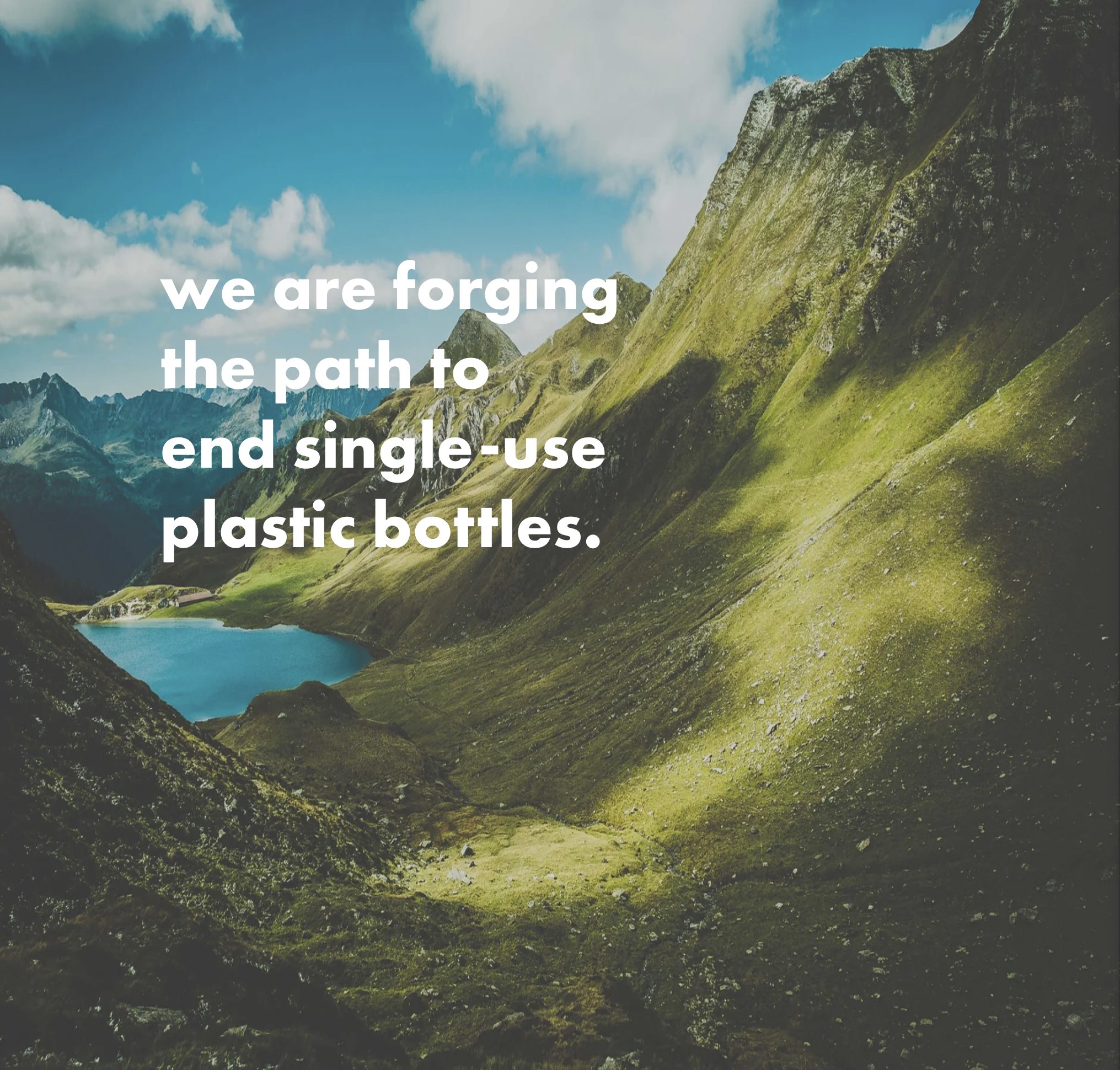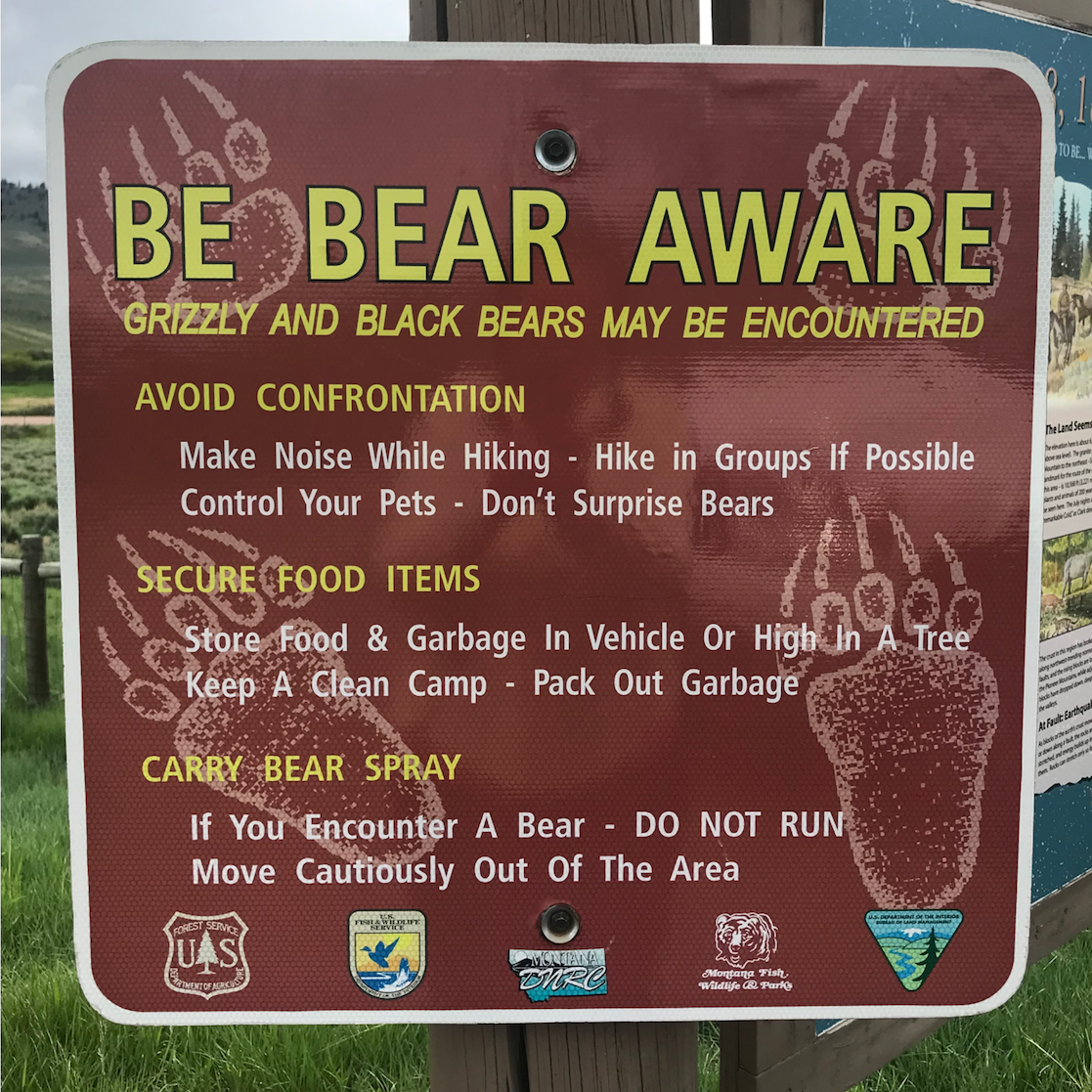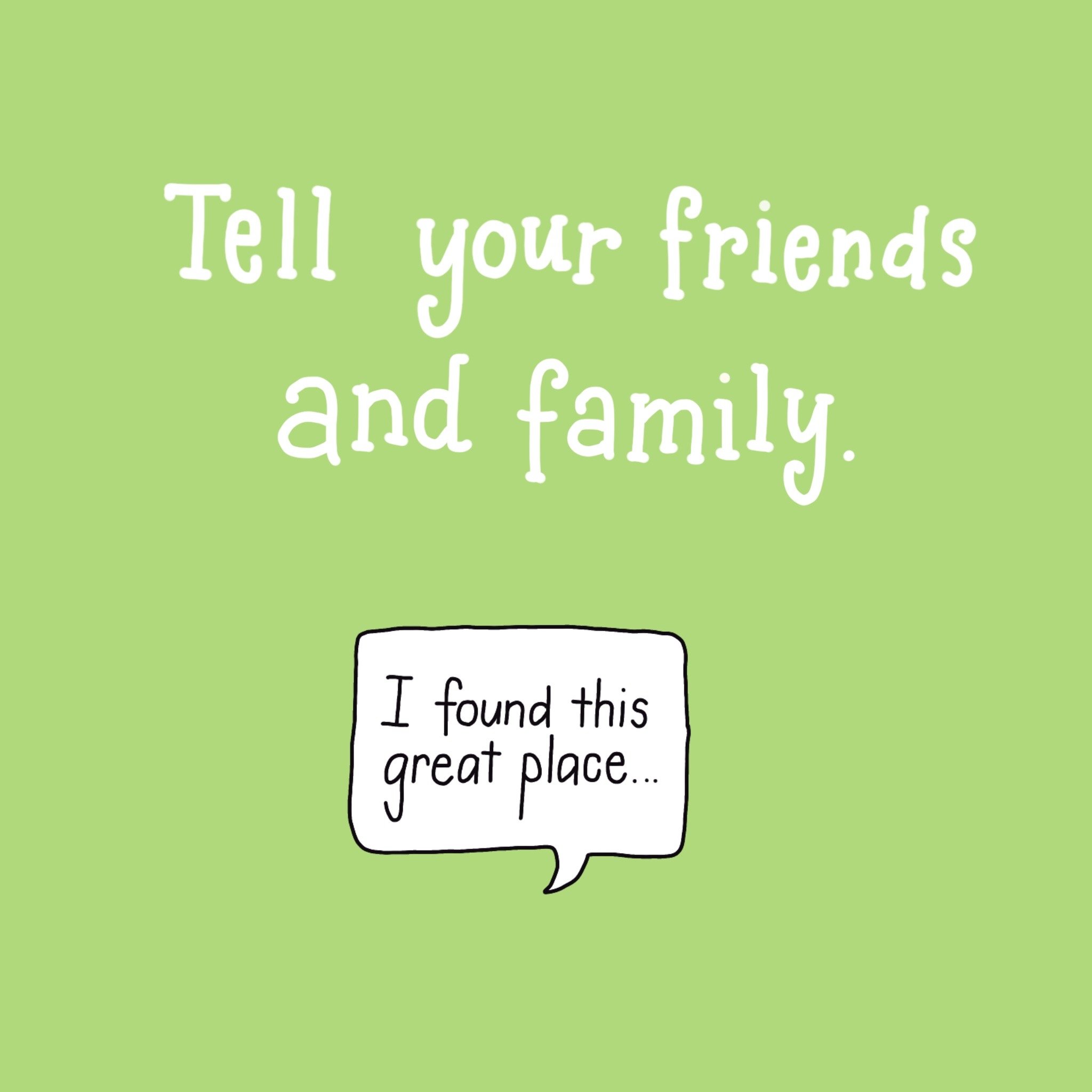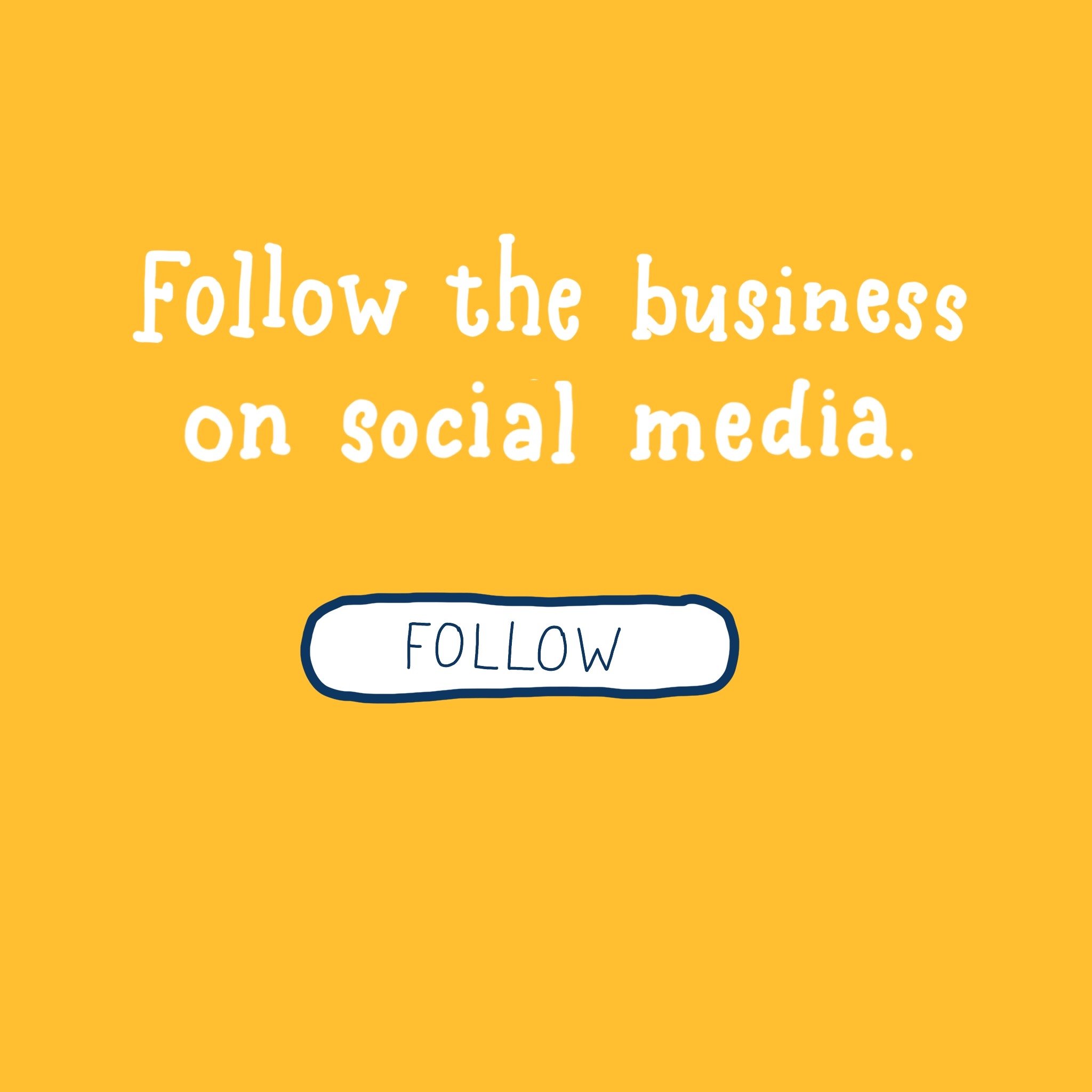Because who’s in the room shapes what happens next.
Before you start mapping goals or crafting lofty vision statements, start with this deceptively simple question:
Who’s in the room?
The number of people in the room matters.
But the mix of people matters more.
Invite those who can think strategically and act decisively.
And make sure the plan that comes out of the room actually belongs to the people who can bring it to life.
For Core Strategic Planning
If you’re doing the roll-up-your-sleeves kind of work—the decisions that set direction and priorities—you want 8 to 15 people.
Small enough for real dialogue.
Big enough for diversity of thought.
Your core team should include:
The CEO or department lead—the keeper of the vision.
The people who can actually make things happen in their areas.
I once sat in a “strategic” session that included every director and their deputies. With that many voices, it stopped being strategy and turned into status updates. The conversation got stuck in the weeds before it ever reached the mountain.
The insights and concerns of those doing the work are essential—but they can be gathered as research ahead of time and reviewed before the session begins.
For Larger Input Sessions
When you’re gathering ideas from across departments—think brainstorming, listening sessions, or early-stage planning—20 to 40 people works well.
This is where de-siloing starts.
At one strategy session, they brought together all the department heads for the first time in years. One by one, big initiatives hit the table—and one by one, many were stopped.
No one had paused in years to ask the simplest questions:
Why do we do it this way?
Why did that process start?
Why are we still doing this?
When people finally see the bigger picture, they gain permission to rethink what’s working—and what’s not.
These sessions spark the kind of honest conversations that lead to real decisions about what to stop, start, and keep doing.
With visual tools, breakout groups, and strong facilitation, those insights don’t just stay as talk—they turn into traction.
For Company-Wide Alignment
If you’re hosting a big all-hands or alignment session—50 to 200+—the focus shifts from decision-making to energy and engagement.
This is where visual facilitation becomes essential.
When conversations are visualized in real time, everyone can see how their work connects to the larger story—and feel part of the movement.
And Don’t Forget the Support Roles
A facilitator to keep the discussion balanced.
A timekeeper to hold the line.
And (my favorite) a graphic facilitator to draw the ideas out—literally—so everyone can see where the conversation is going.
(We’ll dive deeper into these roles in another post.)
Because when you get the right people around the table, that’s when strategy stops being a meeting… and starts being a movement.
💡 This post is Part 1 of The Strategic Spark Sessions — your field guide to hosting strategic planning sessions that light a fire under your team to ignite action.
Follow along to catch the next post in the series.
